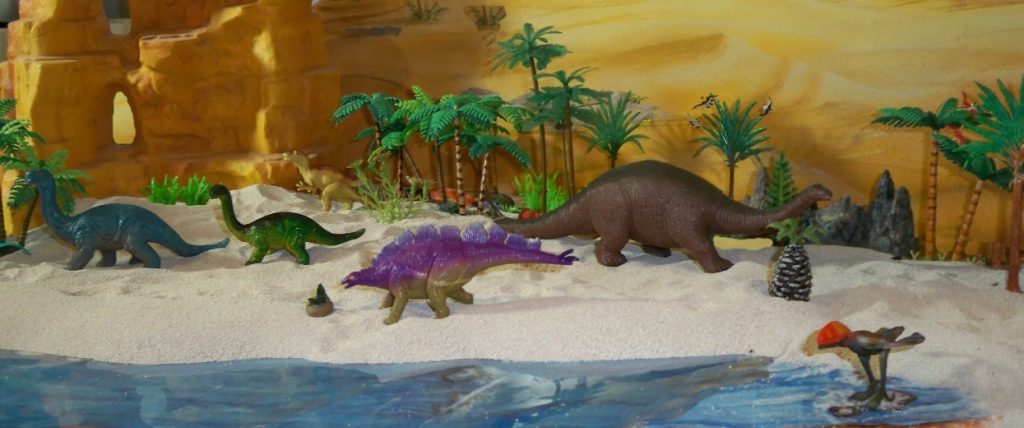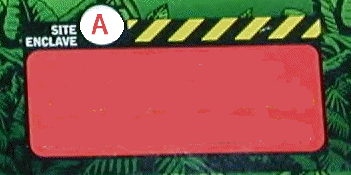LATE JURASSIC MORRISON FORMATION
The SunDance Sea extended through what is now western Canada into the central western United States starting in the Middle Jurassic advancing and withdrawing 5 times. The sea receded north for the last time when highlands to the west began to rise in the Late Jurassic. The Late Jurassic is divided into the Oxfordian, Kimmeridgian, Tithonian. The updated 022612

The Early Kimmeridgian: Windy Hill Member: The oldest member. At the time, the Morrison basin was characterized by shallow marine and tidal flat deposition along the southern shore of the Sundance Sea. The fauna is tranisitional with basal diplodocids Dystrophaeus and Eobrontosaurus. Haplocanthosaurus a primitive macronarian relative of the sucessful Camarasaurus. The medium sized basal sauropods may have lingered on in the North of the morrsion where it bordered the Artic Ocean. Allosaurus jimmadensi the first known of the allosaur species. Hesperosaurus is a primative stegosaur that broad round plates that seems related stegosaurs in Europe and China rather than the later Stegosaurus.

